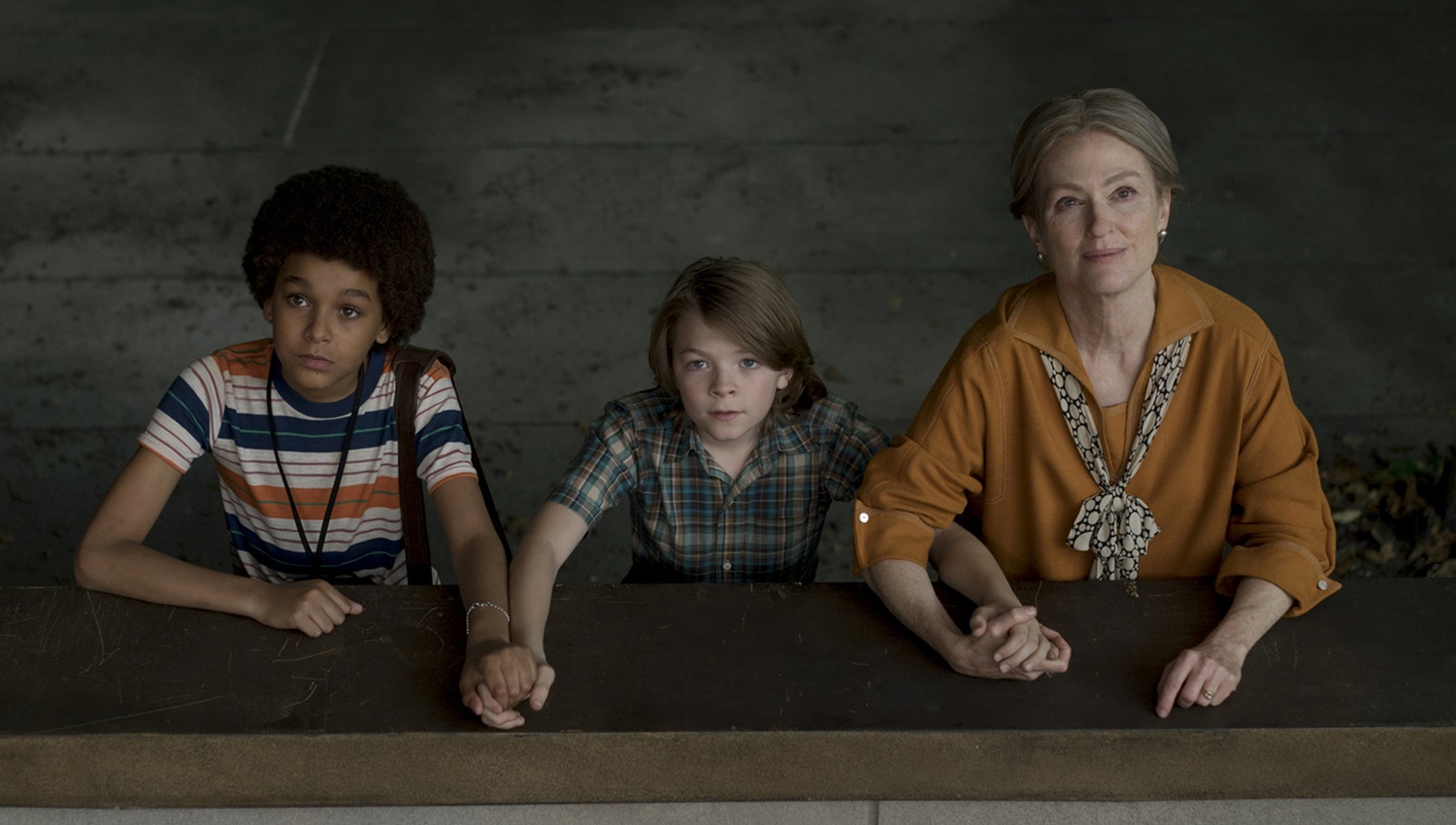
Wonderstruck
Dustin Chase
His follow-up to Carol is an ADD suffering viewers nightmare. Wonderstruck again promotes the inventive ways filmmaker Todd Haynes chooses to tell a story. Wonderstruck will likely divide audiences who can’t make it past the sharp contrast of two stories being told simultaneously; one is silent, in black and white, while the other in color with audio. The characters are genuine, the creativity commendable, but the film as a whole doesn’t work because the technical elements too often get in the way of emotion or character development. Watching two characters, in two separate eras read words from a notepad for nearly all conversations within the movie is a tiring experience.
Ben (Fegley) lived in Minnesota with his mother (Williams), but a car accident leaves him parentless and on the hunt for a father he’s never met during the summer of 1977 in New York. Before his departure, a random lightning strike takes away his hearing, and he struggles with his newfound deafness. A 12-year-old alone in the city is scary, but Ben is determined to get answers. Fifty years ago, Rose (Simmonds) was going through life deaf. Her parents had split, a scandal in 1927, and she leaves the care of her father to be with her mother (Moore), an actress in New York. Both Ben and Rose find themselves enthralled by a museum that holds the key to their connection.
Viewers with lots of patience might find something more moving and inspiring, but it’s divisive narrative construction nature will be a turn off for most.
If the trailer’s lack of dialogue isn’t a clue, please understand this is mostly a silent movie. Aside from the couple of characters who speak to Ben, three of the major roles are deaf. That’s a lot of reading what’s written for the audience, as subtitles for sign language isn’t used. The editing between the two-time periods if a difficult jolt back and forth, rarely do the cuts complement or dissolve back and forth. They are abrupt jump cuts that becoming maddening for anyone invested in trying to figure out the mysteries of the story. Outside of both children being deaf, runaways to NYC, the time periods don’t have similarities and go together about as good as pancakes with sweet & sour chicken.
So much depends on Carter Burwell’s score, which is ever present and far more instrumental to the film given the lack of dialogue. Burwell’s score for Carol was complementary but here it’s unnerving, at times, and without a particular theme. For much of the film the music and score is specific to the era, but closer to the conclusion the music begins to tie the two plotlines together. The whimsical nature of the film might also be a turnoff for those interested in Haynes more provocative work. Viewers with lots of patience might find something more moving and inspiring, but it’s divisive narrative construction nature will be a turn off for most.
Final Thought
Haynes matter of storytelling and editing is a big turn off for this whimsical, nearly silent film.
